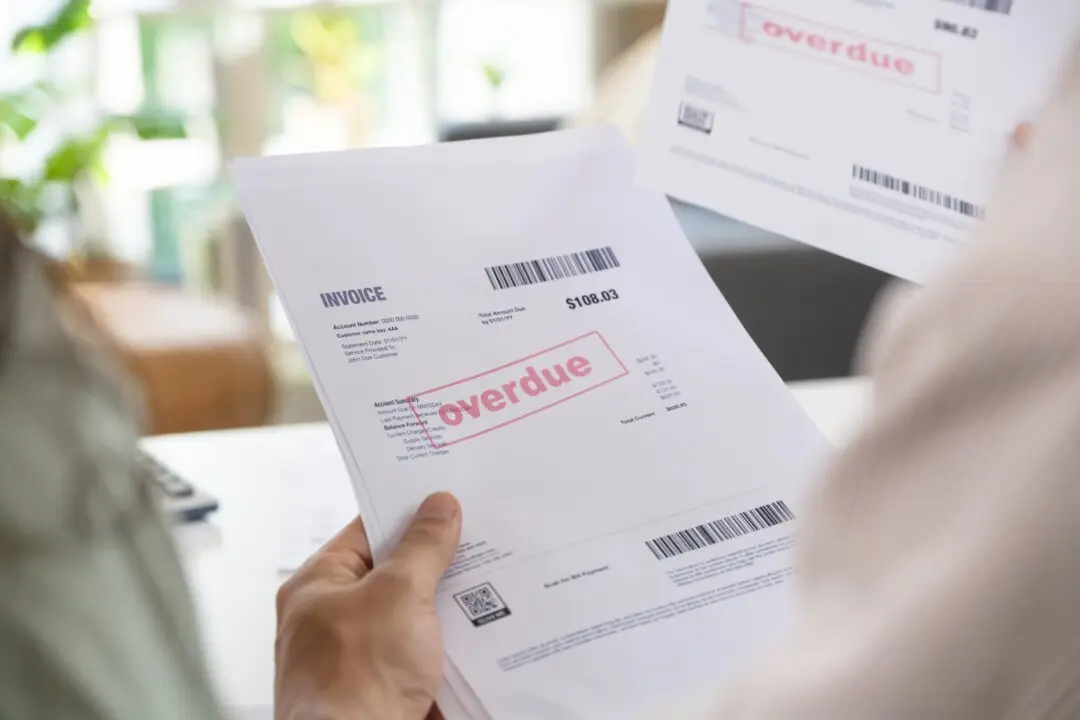Recruiters receive hundreds of applicants for one position. And it’s laborious to go through all the resumes. Fifty-two percent of hiring managers say finding the right candidate is difficult. The result is that artificial intelligence (AI) is used to screen applicants.
Writing a resume is hard enough for a human, but now you must keep AI in mind. Does AI look at a resume in a different light than a human? How do you present yourself well to both AI and a human?






